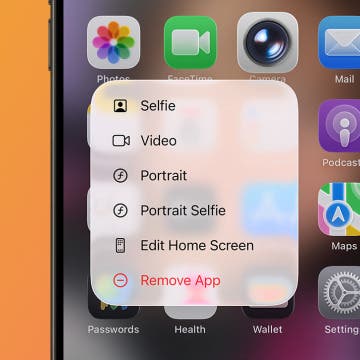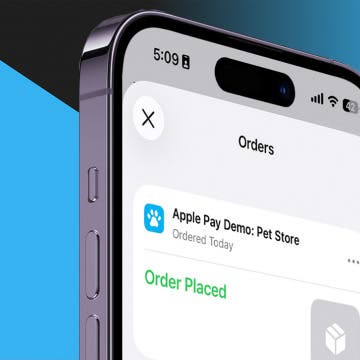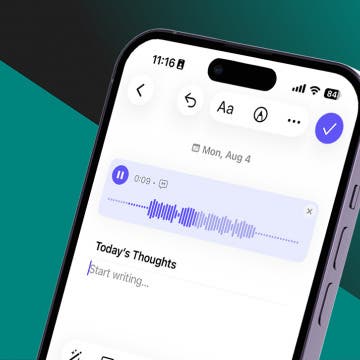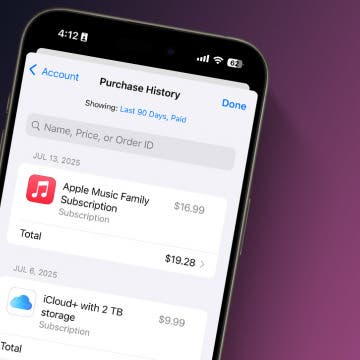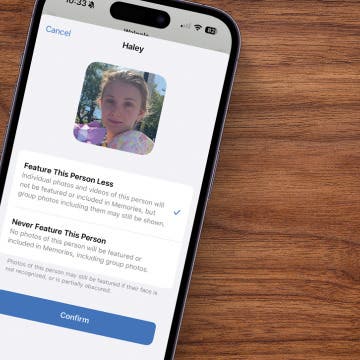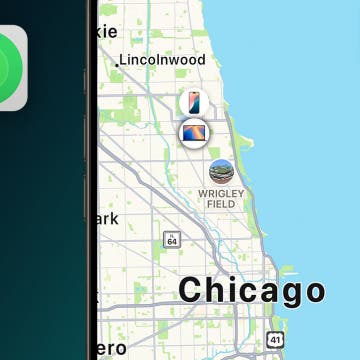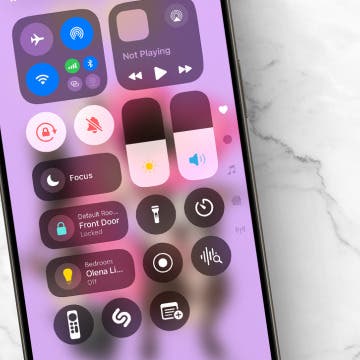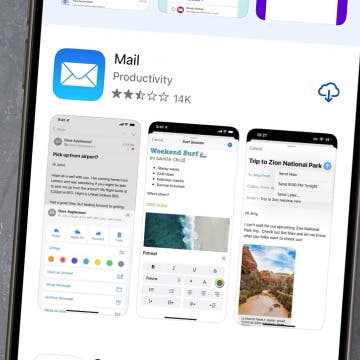In my Video Metadata bible & Roundup, I've already mentioned Subler is capable of manually editing / adding video metadata. After having been asked (thread with numerous, advice-packed posts from me) about doing the same with Subler, I've decided to publish a writeup on doing the same automatically. After all, online video metadata libraries like themoviedb.org have excellent metadata for a lot of flicks.
O.K., let's see how all this is done with Subler, the absolutely stunning, excellent, fastest (see my latest benchmarks HERE, also discussed in THIS thread - see mic_j's starting post) video remuxer and (audio) converter tool around.
1, load the MP4 / M4V / MOV video file you need to add metadata to via Cmd + O or File > Open. For this tutorial, I've used a remuxed (actually, via HandBrake, entirely re-converted) version of the standardized Monsters, Inc. test video slice available HERE.
You'll see something like this:
(As with all the other screenshots in this article, click for the much bigger and better-quality, original image.)
(In this case, the screenshot shows the video has, in addition to a video and a subtitle track, two audio tracks – an AC3 and an AAC one – and has been created by HandBrake.)
Now, go to File > Import > Search metadata online. Subler will try to make a guess, based on the filename, on the movie contained in the file. In this case, as the video file was called “Monsters.m4v”, it lists everything containing “Monsters”. The third item in the list (you can quickly click it), shown in the screenshot below, contains Monsters, Inc. - the one we're looking for:

Now, just click “Add” in the bottom right corner. You'll be taken to the artwork addition dialog:
After selecting the image you'd like to use as an artwork, just click “Set as Artwork” in the bottom right corner.
After this, you're done. You're returned to the track list, where the (by default, selected) “Metadata” tab at the bottom shows the just-added metadata:
(compare this screenshot to the first one, which only has the “Encoding Tool” value in it.)
After this, just press Cmd + S (or select File > Save) to save the new metadata to the file. The just-saved file will contain metadata compatible with iTunes. An iTunes screenshot (the stock iOS “Videos” app, after synchronizing the video to your iDevice, will also display the metadata):
Doing the same in batch mode
If you don't mind false hits (adding the metadata of the wrong movie) or is absolutely sure your filenames have all the necessary info to properly identify the movie, you can also use Subler's automatic (batch) queue mode.
To use it, go to Window > Show Queue. You'll see the following (screenshot taken after clicking the down arrow in the bottom right, annotated in the screenshot below, to show the checkboxes at the bottom):
The “Fetch metadata” will be the only checkbox that is checked by default. Should you want to make your files streamable (see THIS for more info on when it's needed), you might also want to check the “Optimize” checkbox on the left.
Now, drag-and-drop all the files you'd like to convert in the upper pane of the same window. In the following screenshot, two such files are shown: “harry potter.mkv” and “Monsters Inc.mkv”. Note that I've deliberately chosen an ambiguous name for the former video so that I can test whether the medatata selector screen / list is shown with titles not properly recognizable. You should always properly name your files (the entire title etc.) so that the right metadata is inserted into it. The second video is properly named and will be correctly tagged.
After this, click the “Start” button in the lower right corner and the videos are tagged (and, if they're MKV's like in this example, also remuxed to M4V's.).
Then, the videos will be re-saved, with metadata in them, in this case (see the “Default location” drop-down list at the bottom right) in the source video directory.




